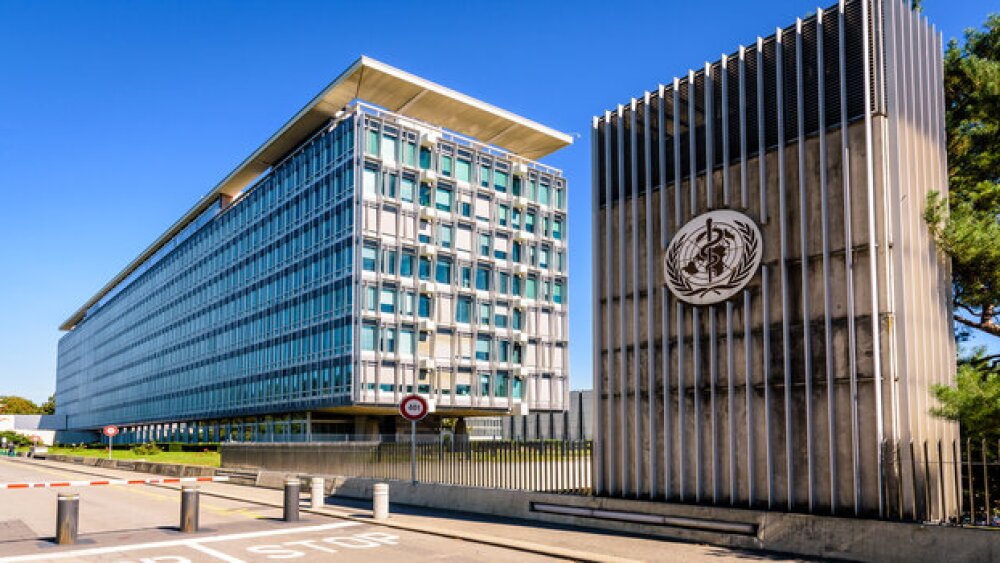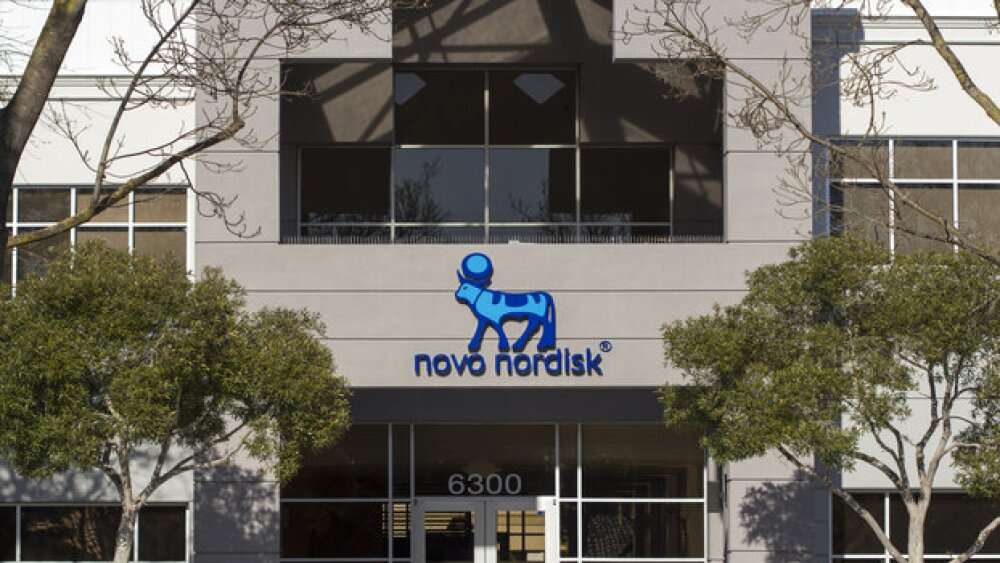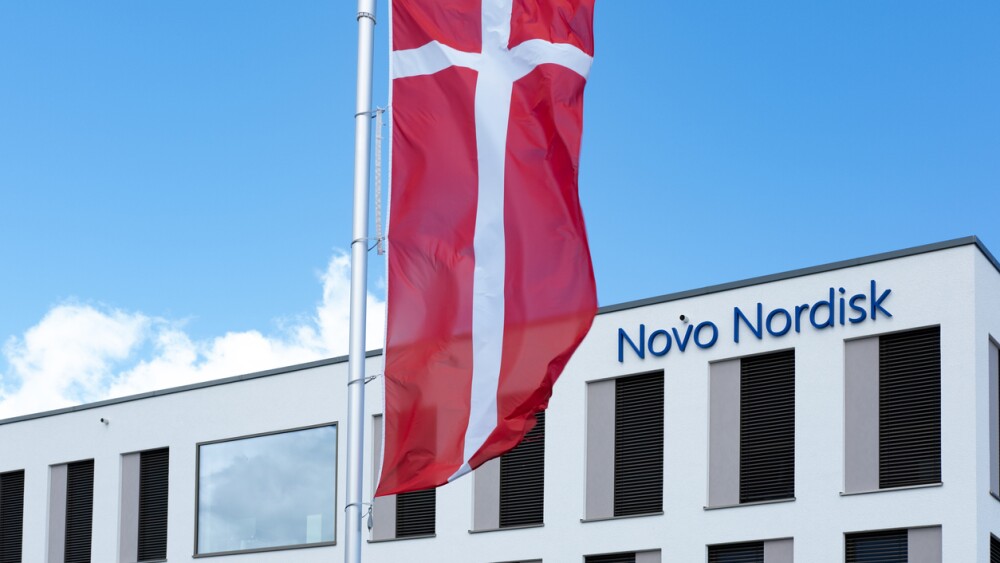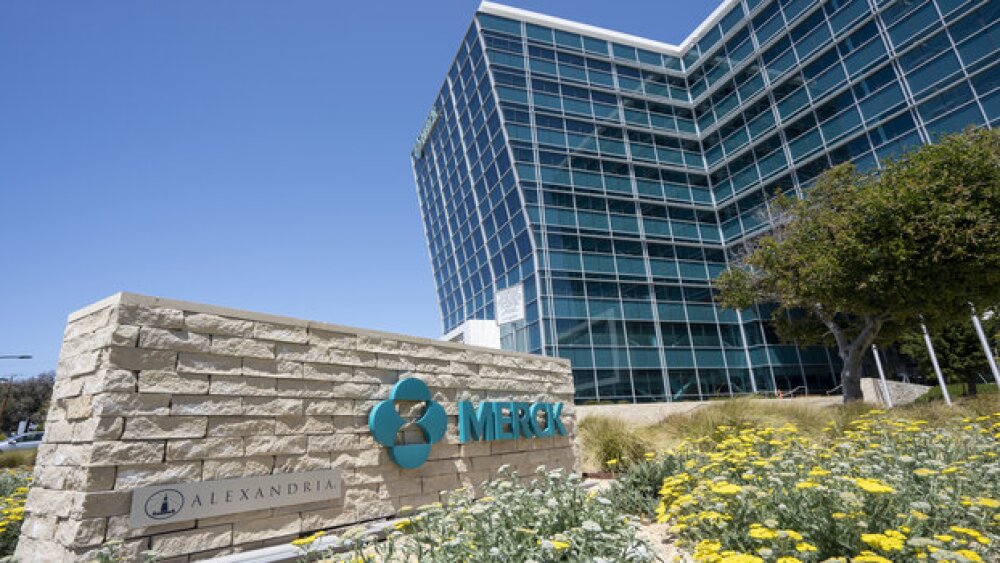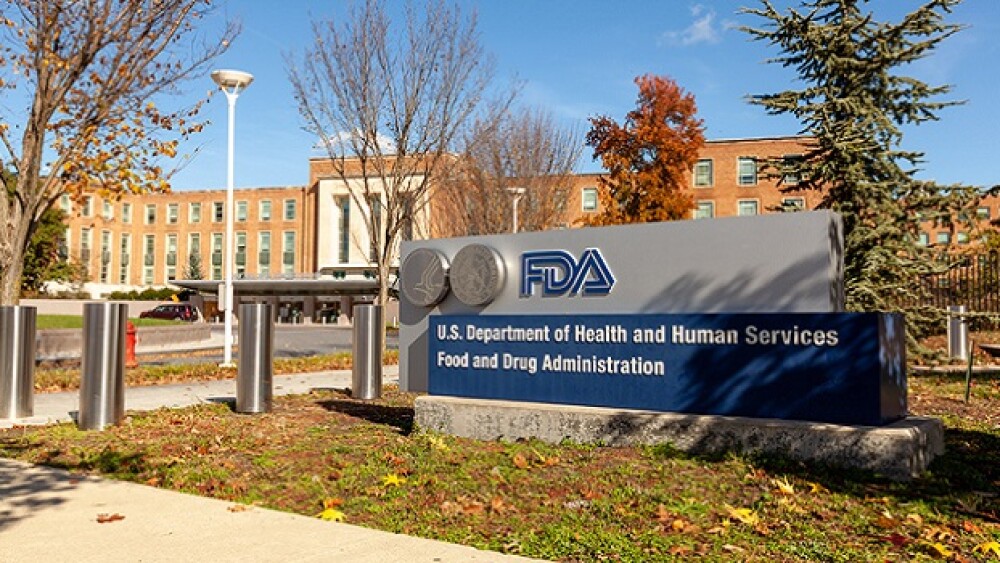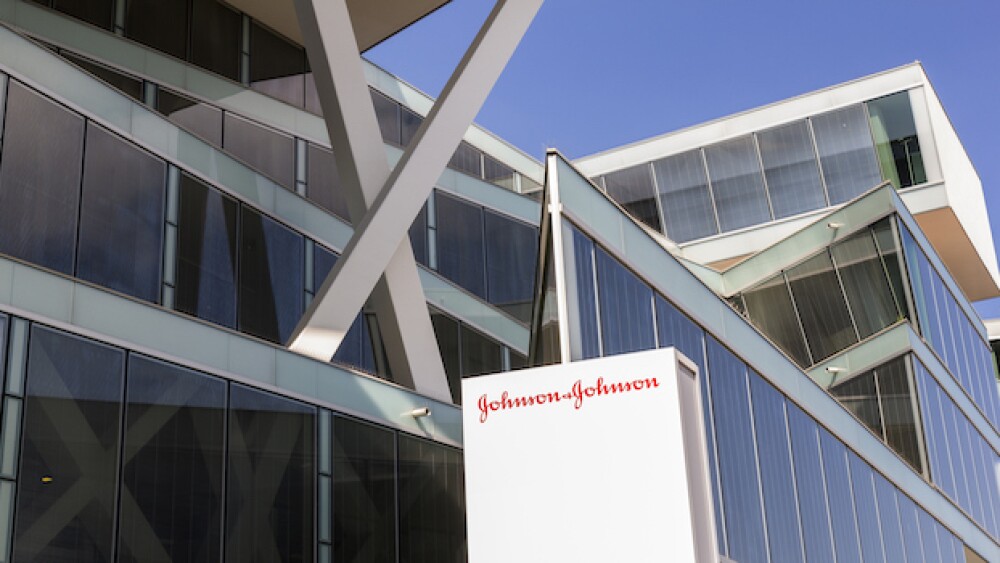All News
Vertex Pharmaceuticals’ investigational non-opioid analgesic suzetrigine failed to outperform placebo. Investors voiced their concerns as the company’s share price fell 13% in premarket trading.
The approval concludes what has been a difficult regulatory path for Ryoncil, which suffered FDA rejections in 2020 and 2023.
According to the World Health Organization, GLP-1 receptor agonists are currently being used in a highly medicalized manner. Healthcare systems need to enact more holistic solutions, focusing on health promotion, disease prevention and policy interventions.
While layoffs have slowed in the second half of the year, according to BioSpace data, companies including Bayer, Bristol Myers Squibb and Johnson & Johnson are cutting hundreds or even thousands of employees in 2024.
Following an appeal by the Danish Medicines Agency, the European Union’s drug regulator will review two new studies that have strengthened the link between Novo Nordisk’s blockbuster GLP-1 and a rare eye disease.
Photys is eligible for up to $186 million from Novo Nordisk for its PHICS small molecules that pair a kinase to a disease-causing protein for phosphorylation.
BioSpace Senior Editor Annalee Armstrong reflects on the year that was, and what’s to come in 2025.
Suddenly the hottest thing in biopharma isn’t a new indication, disease target or modality—it’s manufacturing, and all of pharma is going to be vying for capacity and talent.
AbbVie’s blockbuster Humira held 105 patents, shielding the anti-inflammatory drug from biosimilar competition for more than 20 years. Proposed reforms could help prevent companies from extending exclusivity with such patent thickets.
The Hansoh deal will let Merck compete in the crowded oral GLP-1 space alongside fellow pharma giants Eli Lilly, Novo Nordisk and Roche.
Gratitude, a key part of stoicism, can benefit those working in—and being served by—the pharmaceutical industry.
The letters come amid the Outsourcing Facilities Association’s ongoing lawsuit against the FDA over the regulator’s decision to end the shortage for tirzepatide.
Tenaya’s share slump following the TN-201 data drop could be due to its “significantly lower” level of RNA expression in the Phase Ib/II trial than in preclinical models, according to William Blair analysts.
The Novo-Catalent deal now moving ahead highlights unprecedented investment in manufacturing, while also standing out as an exception to the unspoken rule of keeping M&As to less than $5 billion this year.
The vaccine maker previously revealed plans to slash R&D budget to conserve cash for product launches, but after a rough year of consistent share value decline, analysts remain skeptical.
The Phase III win could help Regeneron and Bayer expand into retinal vein occlusion, a move that the partners need to help shore up sales of their Eylea franchise amid biosimilar encroachment.
Both vibostolimab and favezelimab have had disappointing runs leading up to their termination, sustaining several late-stage failures.
The FDA cited issues with a manufacturing facility as the reason for the rejection. J&J is currently “working closely” with the regulator to resolve these problems.
Businessman and entrepreneur Mark Cuban recently discussed leadership with Leadership Lab columnist Michael Pietrack. The three lessons that came out of that conversation start with one word: caring.
Bristol Myers Squibb aims to generate around $1.5 billion in savings through 2025—a goal that it hopes to reach by lowering third-party expenditures, focusing only on key growth brands and cutting some 2,200 jobs by year-end.



